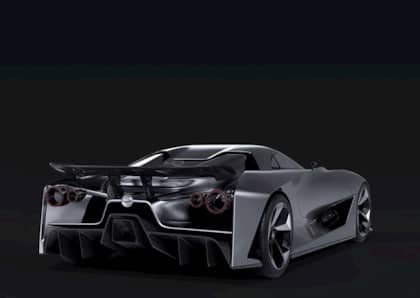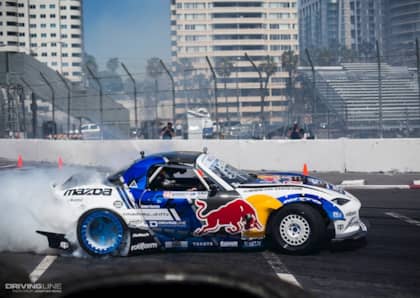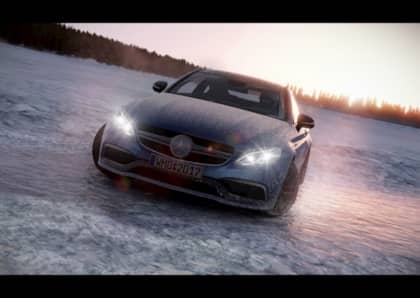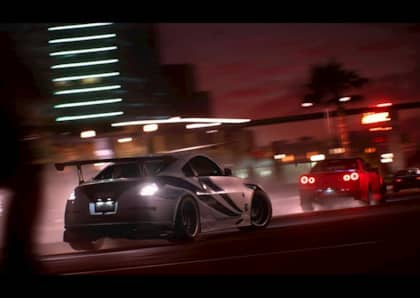5 Things You Should Know About the Amazing World of VR Racing
If you follow the world of video games at all, then you've probably heard about the virtual reality boom that's happening right now. After years of development, the first iteration of true consumer ready VR headsets is on the market, and they have shown the potential to change the face of video gaming as we know it. What does this have to do with cars and car culture? Three words: VR racing sims.
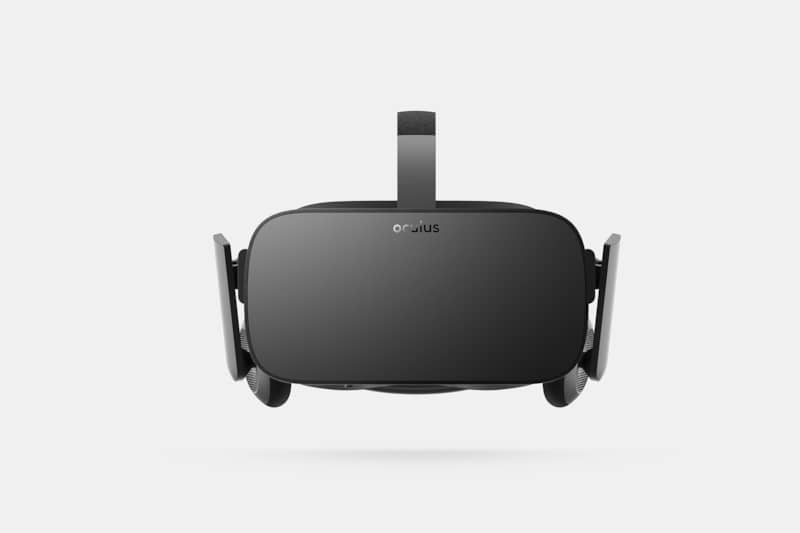
While it's fair to think the VR is the next gimmick to go the way of 3D televisions or other failed consumer goods, just a few minutes in a properly configured VR racing simulation might convince you otherwise.
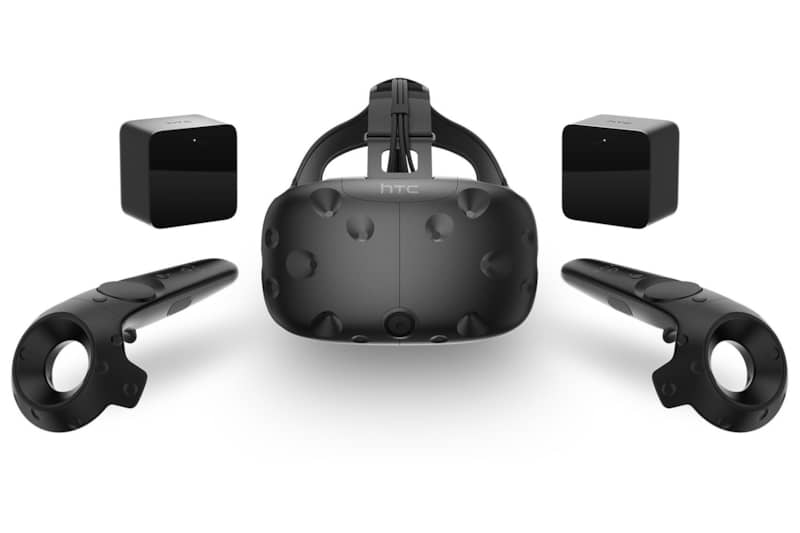
Prices for virtual reality headsets have already started to drop, be it the PC-based Oculus Rift and HTC Vive or Sony's console-based Playstation VR. After seeing how affordable a VR setup can be, I bit the bullet and picked up an Oculus Rift headset a few weeks ago and have spent much of my spare time lately with the headset on turning laps in a variety of VR-compatible racing sims — including "Assetto Corsa," "iRacing" and "DiRT Rally."
Here are five observations from my time as a virtual reality race car driver.
1. A steering wheel is a must.
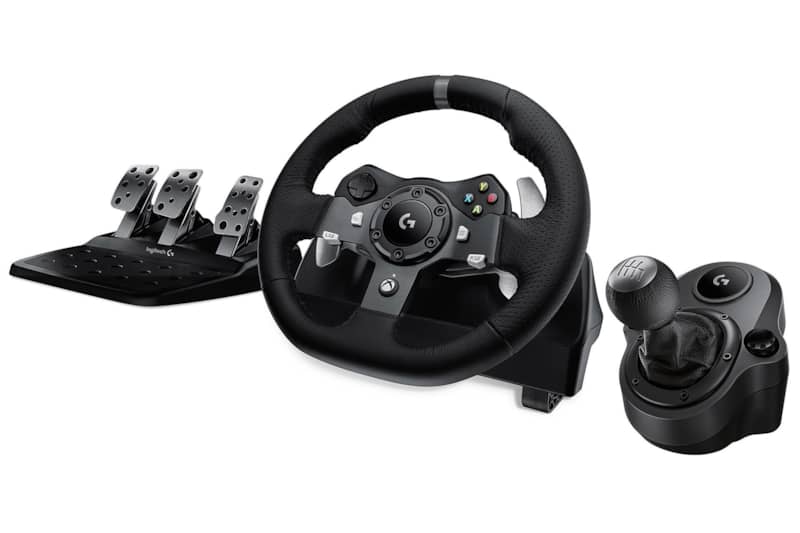
Chances are if you're even somewhat serious about playing racing games on console or PC, you already own a steering wheel and pedals — but in VR it basically becomes a requirement. There's really no way to get a natural feel of driving while using a keyboard, mouse or gamepad, and this becomes even more amplified with the added immersion VR brings.
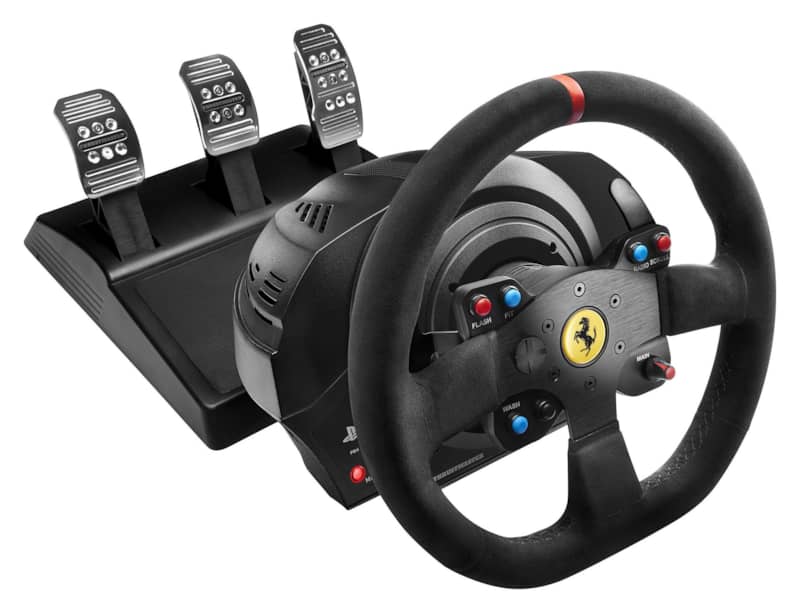
Having the physical steering wheel, pedals and gear shift in front of you is one of the main things that makes racing games one of the best ways to experience VR, but I'll get to that in just a moment.
2. You might feel dizzy — and that's fine.
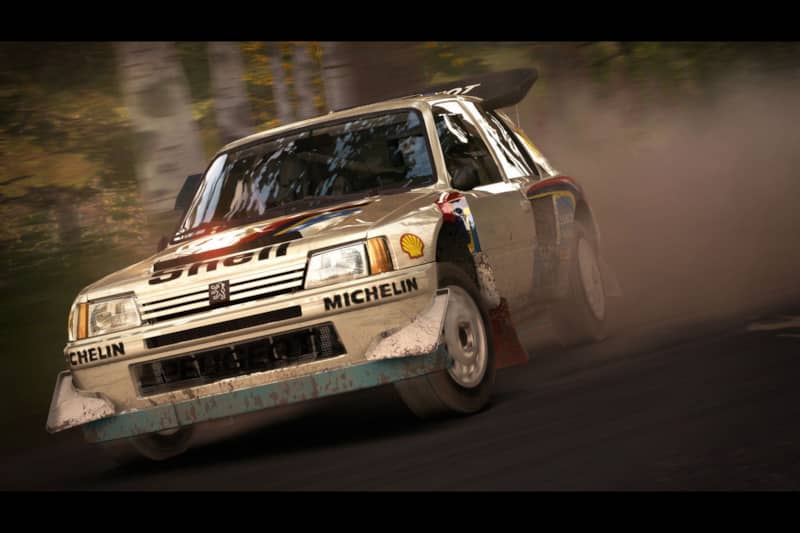
One one of the complaints or fears that many people have about VR is motion sickness. While I haven't yet felt "sick" while racing in VR, there are certainly times when it can feel a bit dizzying, like when you are attacking a stage in "DiRT Rally" that's heavy on jumps and hairpin corners.
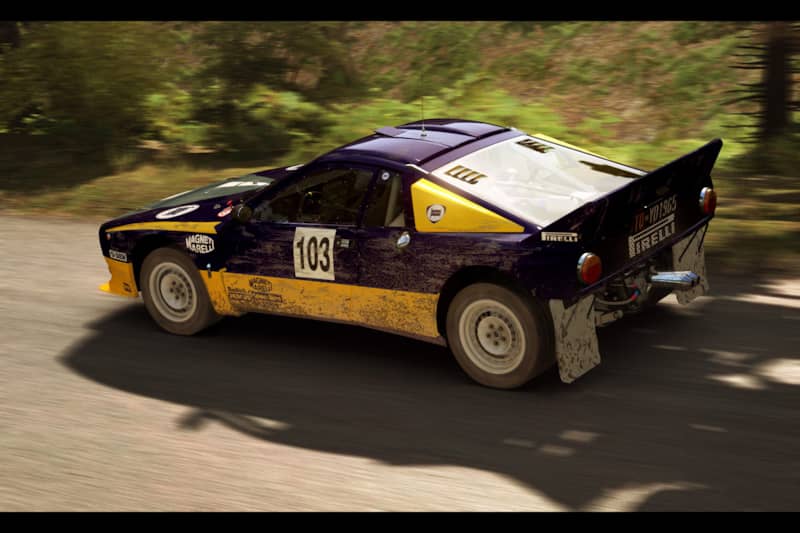
But the way I see it, you'd likely be feeling the same sensations in an actual rally car, so it just adds to the realism in a sense. And don't be surprised after a VR race session if you've worked up a sweat that'd be similar to what you'd have on an actual race track.
3. Immersion is the name of the game.
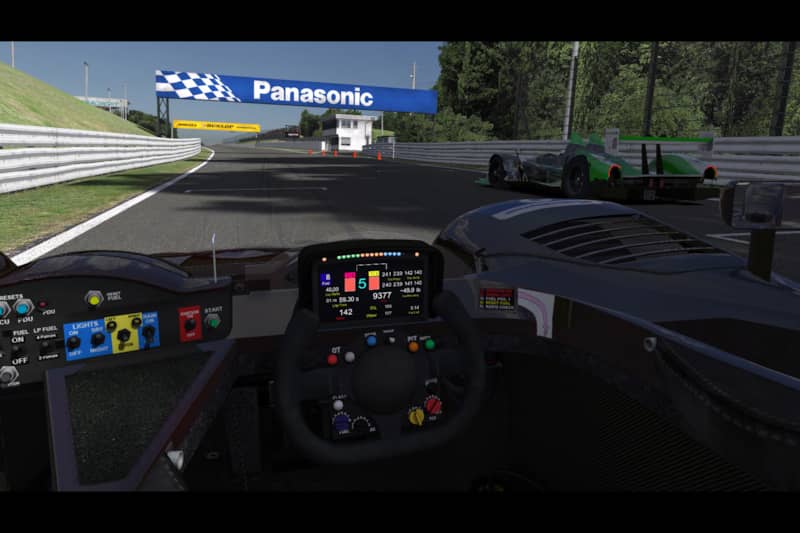
First and foremost, racing in virtual reality is about immersion — and it absolutely delivers in this department. Sure, the resolution of the screens inside current VR headsets isn't as sharp as what you get on a normal HD display, but you won't have time to be counting pixels while driving an F1 car flat out through Eau Rouge in "Assetto Corsa."
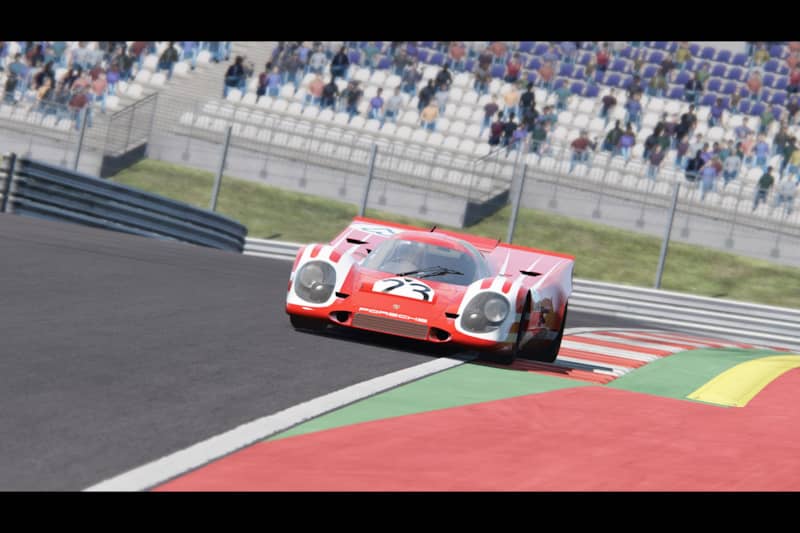
For many years, having a triple screen setup was the best way to have a realistic racing sim experience, but VR puts that to shame with the ability to move your head freely around the car, looking ahead through corners, out the side window while drifting or at an opponent you're banging doors with.
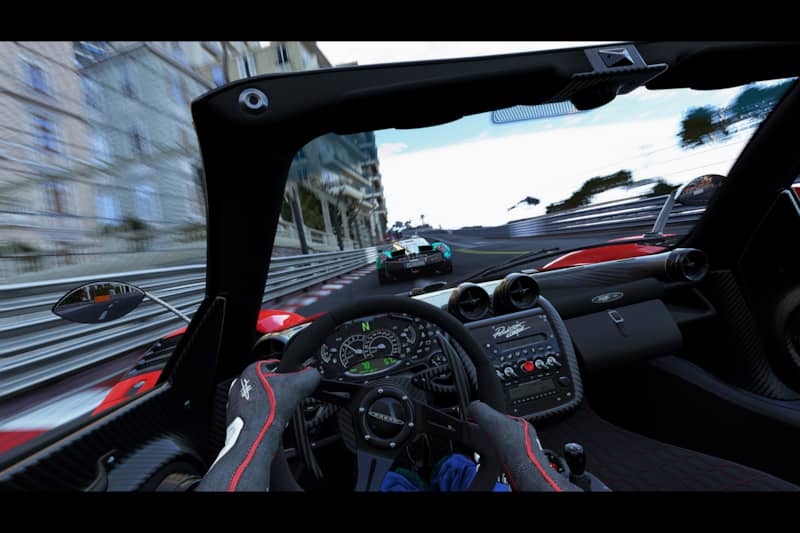
Unfortunately, this is extremely hard to convey using words, photos or even video, but the feeling is amazing. Once the headset slides on and the head phones feel with the sounds of race cars, you almost completely forget that you are actually sitting in an office or living room.
4. Racing is the perfect application of VR.
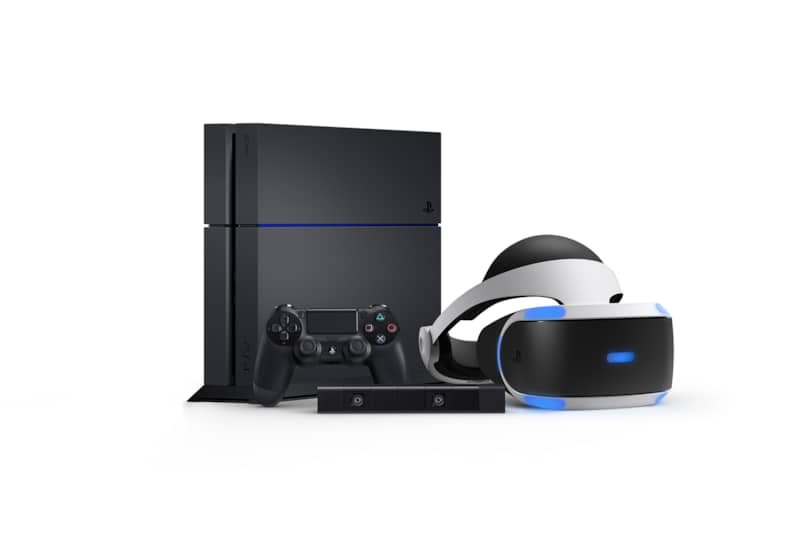
So far, VR has been used for a lot of different genres of game with varying degrees of success, but there's really no type of game better suited to VR than a racing sim. There's a couple of reasons for that. First, you don't even need to stand up. You're seated, just as you'd be while driving an actual car. Unlike other VR games, there's no need to worry about having a big play space, getting cords tangled or bumping into things as you move around.
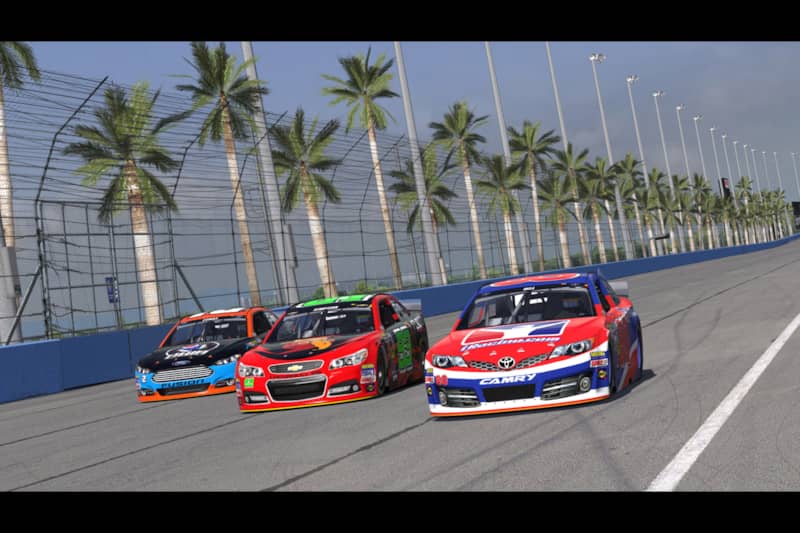
Second, assuming you are using a steering wheel setup, all of your main interaction with the car is done through realistic physical inputs rather than motion controls or buttons. You might not see the actual steering wheel in front of you, but its movements will be accurately mirrored in your headset view. And while wearing a VR headset can feel a little unnatural in certain applications, it works perfectly in a racing game because the feeling isn't much different from the view out of a helmet. The only thing that's missing are the G-forces throwing you back and forth.
5. This is just the beginning.
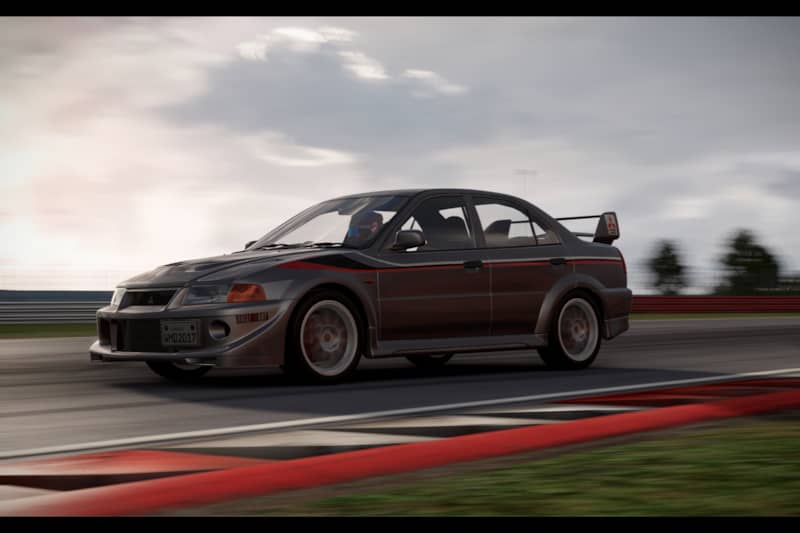
Given how incredible it feels trying a proper VR racing sim right now, it's even crazier to think that this is just the beginning. There are plenty more VR-capable racing games on the way whether it's the upcoming "Project CARS 2," the PSVR-compatible "Gran Turismo Sport" or other future titles.
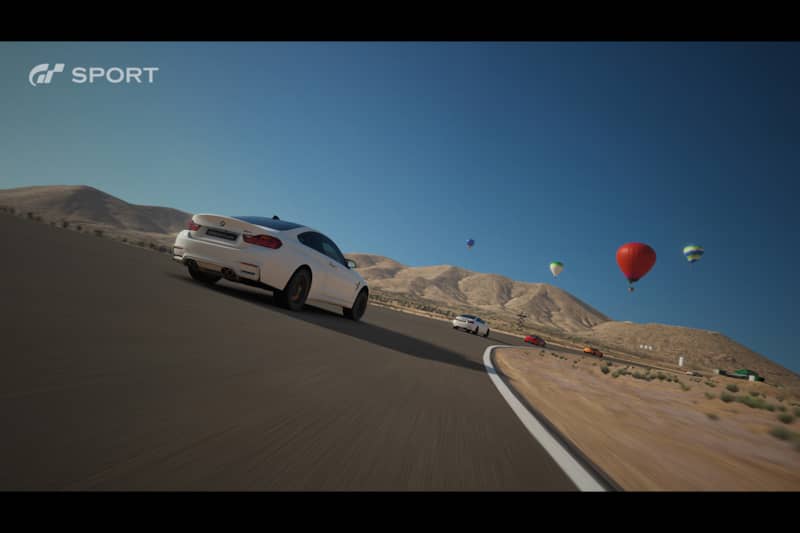
And even more impressive is that the VR equipment itself is still in its first generation. If it's immersive now, one can only imagine what it will be like once the technology improves even more. While there will never be a replacement for the real thing, VR racing sims are as close as we've gotten — and they should only get better.
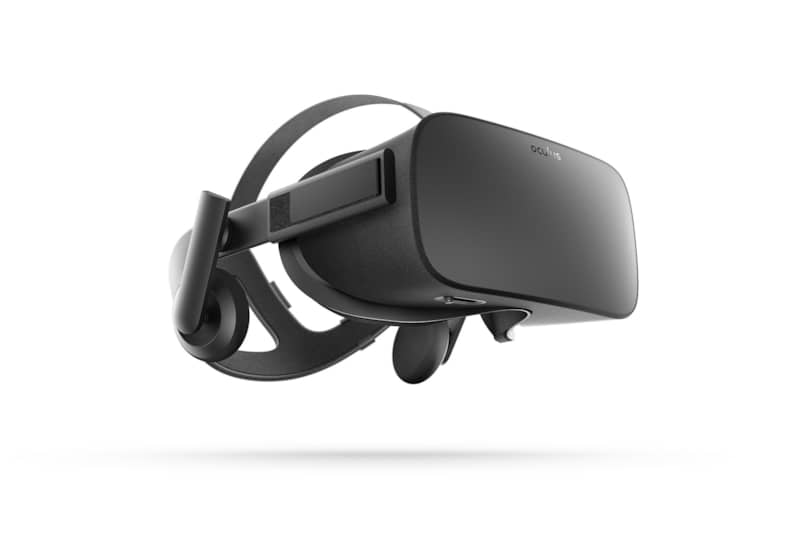
Just a warning, though: After experiencing racing in VR, you might have trouble going to back to a "regular" racing game experience afterward. I know it's already starting to feel that way for me. Time will tell whether VR is truly the future of gaming, but it's already clear that it's a lot more than a cheap gimmick — especially if racing games are your thing.




